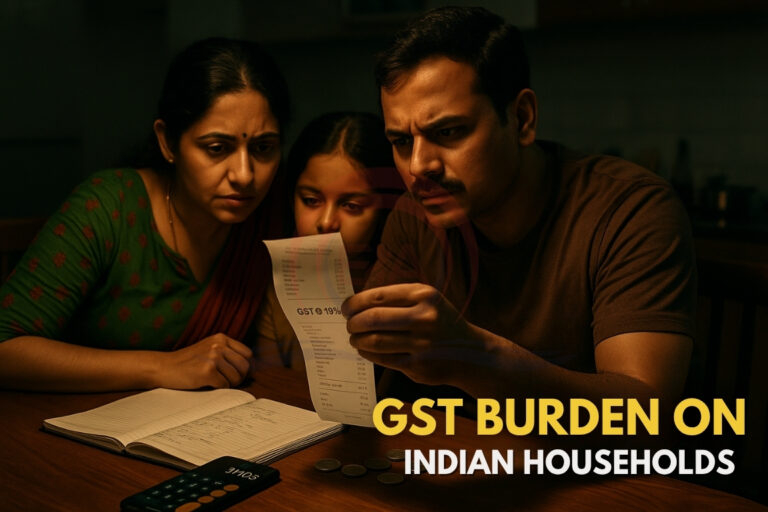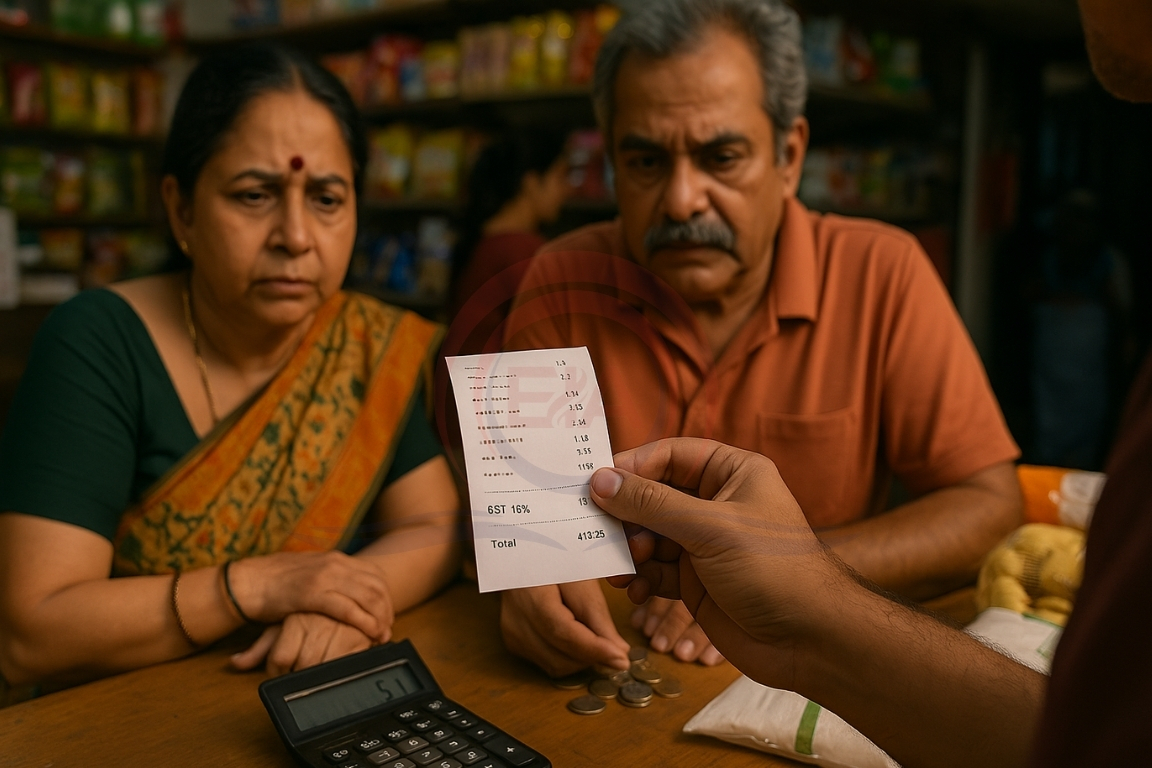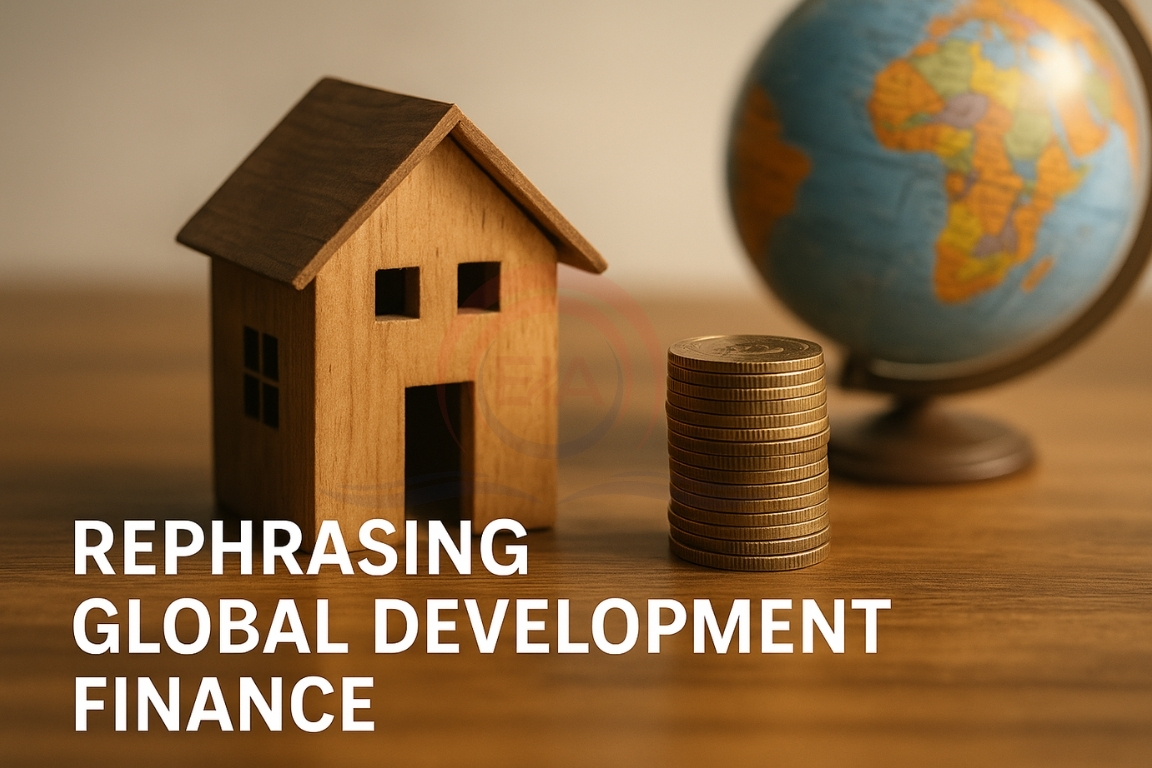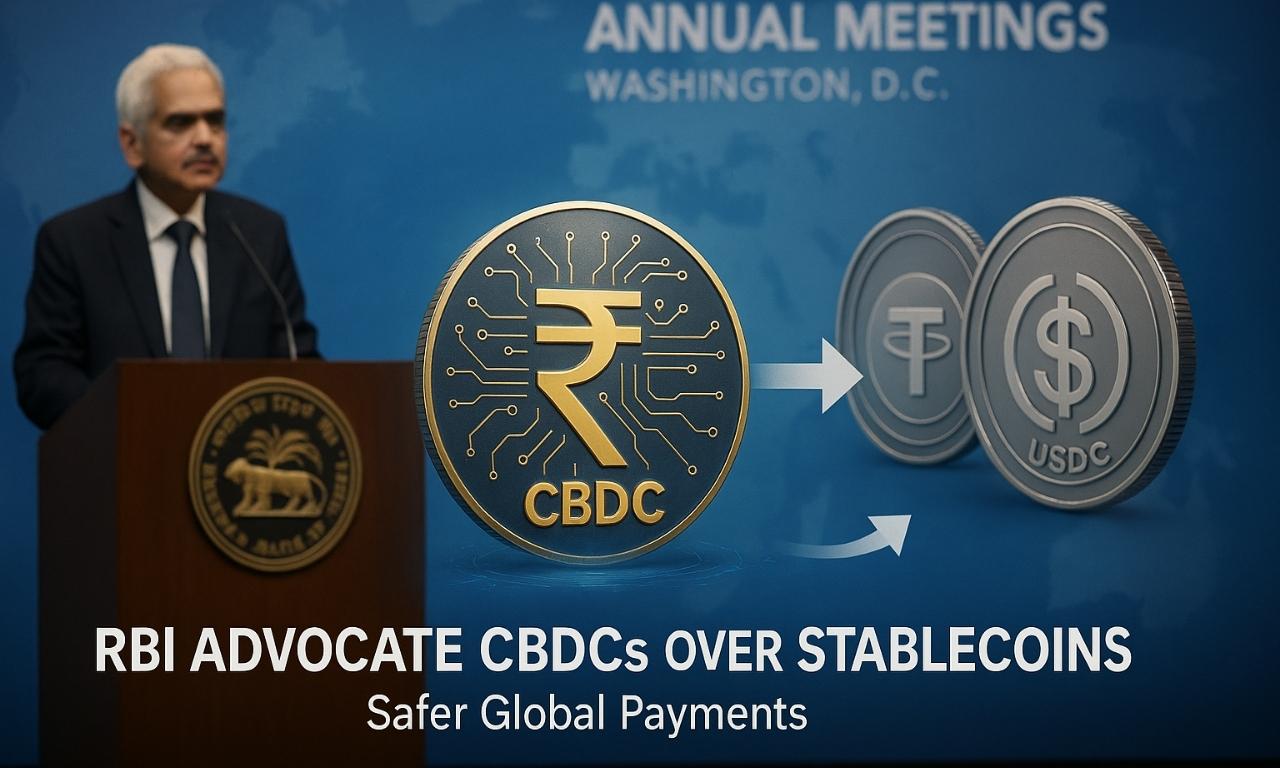A new study based on the 2022–23 Household Consumption Expenditure Survey (HCES) raising concerns about fairness and equity in India’s tax structure.
Key Findings from the Study
Based on: Household consumption data (2022–23 HCES)
- In Rural Areas:
- Bottom 50% pay 31% of total GST
- Middle 30% also pay 31%
- Top 20% bear 37% of GST
- In Urban Areas:
- Bottom 50% contribute 29%
- Middle 30% contribute 30%
- Top 20% contribute 41%
These findings differ from Oxfam’s 2023 report, which claimed that the bottom 50% paid nearly two-thirds of GST while the top 10% paid only 3–4%.
How GST Is Supposed to Work
- Nature: GST is a consumption-based tax levied on goods and services.
- Purpose: Designed to be simple, uniform, and neutral.
- Exemptions: Basic items (like unbranded grains, fruits, veggies) are zero-rated or taxed at lower slabs.
- Higher Rates: Luxury and sin goods face higher GST (18%–28%).
- However, despite its structure, the GST system appears to be only mildly progressive and does not significantly reduce income inequality.

Why the Poor Bear a Heavy GST Burden
- High Share of Spending on Taxed Goods: Poor households spend more on items that attract GST, despite some exemptions.
- Limited Tax Progressivity: Though rich consume more expensive goods, their proportion of GST paid doesn’t rise steeply.
- GST is Indirect: It is based on consumption, not income, so even the poor pay taxes while spending on daily needs.
Implications of the Study
- Equity Concerns: GST is not strongly redistributive.
- Risk of Regressivity: Poorer groups may end up spending a bigger part of their income on GST.
- Need for Social Interventions: Higher GST burden on the poor may call for increased welfare schemes or targeted subsidies.
Way Forward & Reforms
- Make GST More Progressive: Lower rates on essential goods/services used by lower-income groups.
- Update Exemption List: Regularly revise tax-free or low-tax items based on latest consumption trends.
- Track Impact: Conduct periodic assessments to understand GST’s real effect on income groups.
WHAT IS GST?
- Definition: A single indirect tax that replaced multiple earlier taxes like VAT, excise, and service tax.
- Rate Structure: 0%, 5%, 12%, 18%, 28% (plus cess on luxury/sin goods).
- Exclusions: Items like petrol, alcohol, and electricity are still outside GST.
- Input Tax Credit (ITC): Businesses can claim credit for taxes paid on inputs to avoid double taxation.
- GST Council: A body of Centre and State representatives that decides GST rules and rates.
Conclusion:
The study shows that while GST was meant to be a fair tax, its real-world application puts a similar load on the poor and middle class. Reform is needed to ensure it truly supports economic justice.





